For many O5 retirees, the decision of whether or not to enroll in SBP can be a difficult one. On the one hand, it is a government-sponsored program that offers some security and peace of mind. On the other hand, it can be expensive and there are better alternatives available in the private sector.
In this excerpt from our Lieutenant Colonel Retired Pay & SBP Alternative Guide, we will explore the pros and cons of SBP and discuss some of the alternatives that are available to you.
You are likely to have spent the last year concerned about your upcoming military retirement and were a little surprised to learn that your pension is worth a lot more than you realized.
As in millions of dollars worth of a future income stream, otherwise known in the financial world as an annuity. An insurance-based asset class.
You want to make sure your valuable pension is protected for your spouse and family if something happens to you, but the government survivor benefit plan is too costly, doesn’t offer much flexibility, and only pays a return on investment if just one of many possible outcomes occurs.
Those are not good odds.
And you were dismayed to learn of the high cost involved to protect your retirement pay. You did the quick math and realized you will likely need to pay close to $165,000K for the government survivor benefit plan without any guarantee of a return on that investment. And $2700 a month to your spouse if you do get hit by a bus, isn’t going to be that helpful.
Most of your colleagues that you’ve spoken to are going to go along with SBP. They pulled up their trusty spreadsheets and assumed a lot of variables to justify the need. Or they simply didn’t have time or the interest to look into it and preferred to accept the status quo of military pay and benefits that they’ve become accustomed to.
But for you… something just doesn’t feel right, does it? There is no way you would have found this white paper if it did.
Before we get into why the Military Pension Protection SystemTM is the better and more equitable approach, we need to point out that there are other mistakes that retiring lieutenant colonels make when trying to solve this problem with standard life insurance. It doesn’t work and will backfire likely at the moment you need it most.
The bottom line is this, the government is charging military families hundreds of dollars a month for a program that may not even be the best option for them. And standard life insurance advice is either too cheap, and meant to cover short-term problems, or too expensive and meant to create an estate plan you don’t need.
You will learn more about the problems with SBP, VGLI, Term & Whole Life insurance and then we will introduce the options that are now accessible to you only through US VetWealth.
I have worked closely with hundreds of military retirees for well over a decade helping them learn more about the proper value of their retirement pay. I have also found a pattern of missed opportunities that are made due to simple avoidable mistakes. We will start with a story about a Lt. Colonel who we helped make a few strategic adjustments that greatly enhanced his post-military time, talent, and treasure.
I have also found a pattern of missed opportunities that are made due to simple avoidable mistakes. We will start with a story about a Lt. Colonel who we helped make a few strategic adjustments that greatly enhanced his post-military time, talent, and treasure.
Lt. Colonel Rick Howard is a newly pinned O-5 who plans on completing his next 3-year tour to lock in the O-5 HIGH-3 retirement pay rating, then he is dropping his papers to retire at 20 years. Statistically speaking, at 40 Rick is still young, and he is in decent shape even though he’s been stuck at in staff jobs. He’s married, and he has three children ranging in age from three to eight.
He has done all the “right things” when it comes to traditional financial planning. He had term life insurance and had “invested the rest” in mutual funds and TSP. He also had several whole life policies, because of all the paid-up additions.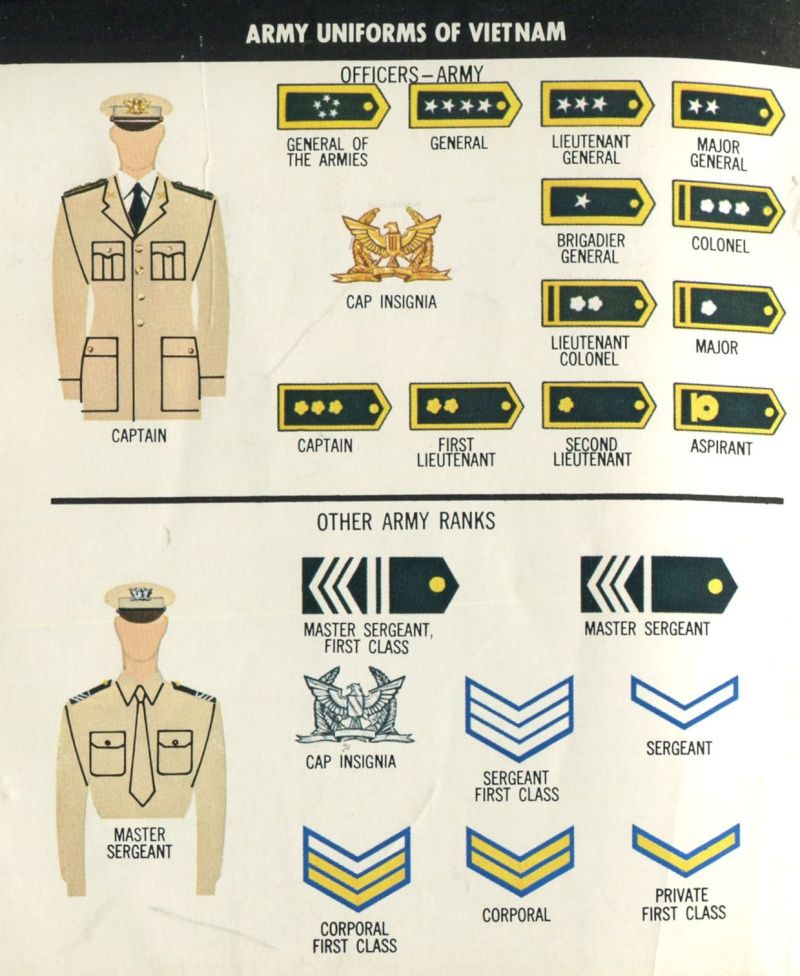 Although these policies were no longer doing very much for him; they weren’t providing him much in terms of death benefits or cash value growth.
Although these policies were no longer doing very much for him; they weren’t providing him much in terms of death benefits or cash value growth.
Before Rick met us, because of his young family he was under the assumption he should take the SBP and VGLI, as this course had been recommended to him by multiple financial advisors he’s worked with in the past, some of who had zero knowledge of the armed forces benefits system and some who were retirees themselves.
While these “experts” only spoke about the worst-case scenario, Rick was more worried about not committing himself to pay at least $165,000 in premiums into these government plans without any potential for equity growth nor any guarantee of a paid benefit. He knows the more likely scenario is that he will be around for a long time with his family and would better use that money while living.
He came to us because he wanted a way to leverage that same $165,000 with an offensive strategy that offered income growth potential, but also helped pay for a low-cost defensive income protection plan just in case the highly unlikely premature death occurred.
Rick wanted to have at least $2.0 million in a death benefit, which correlated to the full present value of his estimated Lt Colonel stipend.
The bulk of the death benefits ($1,500,000) we set up as a low-cost temporary foundational insurance plan with the opportunity to convert growing amounts of that money into offensive insurance as more funds become available.
We did this to keep Rick’s costs low, while he’s still young and healthy we were able to help him lock-in in a high permanent death benefit with a preferred rating that is guaranteed for his life, all while setting him up for the highest return on his investment.
For the offensive portion of designing his strategy, we used the remaining $500,000 death benefit using the Private Pension System designed exclusively at US VetWealth.
The goal with this portion of the plan is to reposition his existing cash value whole life insurance and create a window to redirect future cashflow and assets that otherwise would have remained taxable and gone to pay for the survivor benefit plan, VGLI premiums, or any other life insurance that wasn’t designed for a high probability of a return on investment.
1035 exchange is a provision in the tax code that allows you, as a policyholder, to transfer funds from life insurance, endowment, or annuity to a new policy, without having to pay taxes.
Rick was able to jumpstart the index-interest credits due to the tax-free 1035 exchange provision to move $18,000 from an old whole life policy with only a $125,000 death benefit into the new $500,000 offensive plan, more than tripling his benefit immediately without requiring he put down any additional investment to start.
Rick also wanted to “pre-fund” a privatized and offensive retirement pay protection plan using the same amount he would otherwise have been required to pay into the survivor benefit plan.
By funding it sooner, he’ll have more cash equity growing for him that he can access at any time for any reason In this case Rick has decided to contribute $16,500 per year ($1375/mn) to the new private pension account over the next 10 years. Which equals the same $165K he would have otherwise committed to paying for SBP.
Which equals the same $165K he would have otherwise committed to paying for SBP.
Rick is 40 years old, so by the time he reaches 50, he will not need to put another dime into the plan to guarantee lifetime protection while also creating an account that is worth at least the same $165,000 (more with index interest credits) that would have been sunken cost into the government SBP.
This interest earned on his private pension account is linked to the performance of the market, but his money is never at risk of loss because it is also insured by the carrier. If he gets just a 6% rate of return on the $18,000 from the 1035 whole life exchange, and from the $16,500 he invested annually, his liquid (accessible) account would already be worth $117,000 in just five years, at age 45.
By the time he’s in his early-sixties, that $183,000 ($18K from old whole life + $1375/mn for 10 years) in new contributions growing at just 6% (without risk) will provide him with a cash value of about $445,000 from which he can then take about $40,000 in an annual, tax-free private income (in addition to his retirement plan and whatever other income he might be earning) that he can access anytime he wants to.
Rick’s military pension is roughly $58,000 a year. Since the $40,000 a year from his private pension insurance policy is tax-free, it doesn’t raise his tax bracket on his retired base pay nor must he pay any taxes on his private income.
All in all, by being relatively healthy and somewhat financially stable, not rich by any definition, Rick was able to use the private pension concept to redirect $165,000 of cost to SBP without a high probability of a return on investment into creating a tax-free and liquid asset worth three times that amount. That is nearly a $600,000 swing to his favor in just 20 years.
And he’s just one O-5 out of hundreds each year who have no idea they can do this. Imagine the potential wealth being squandered away from so many retired officers’ bank accounts and sent right back to the authorities.
What Rick realized that the other’s have not is that when it comes to HIS money and benefits, he needed to stop following orders, stop relying on the standard advice for the average military, and recognize he was going to become a post-military high-income earner and focus his efforts on becoming an Independent Income Investor who is focused on increasing his time, talent & treasure.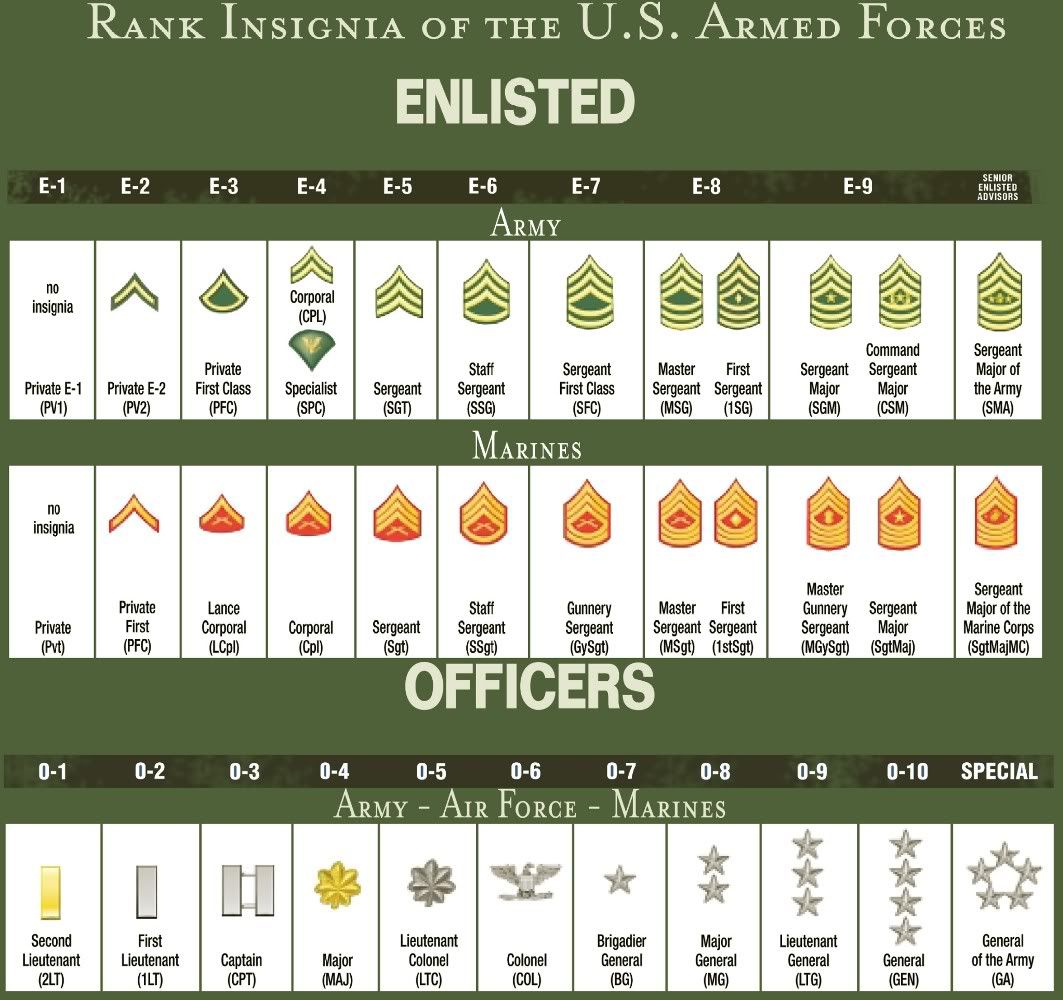
At US VetWealth we believe that the idea that your money is YOUR MONEY is something that’s unfortunately lost on a lot of people. Uncle Sam believes that it has a claim on around 30-40% of that money or more.
Investment advisors6 and brokerage firms consider your money to be part of their assets under their management and the basis for which they charge fees to grow their own wealth.
The person that gets left behind in the traditional financial equation is the person out of whose bank account that money originates. Your money is and always should be considered to be yours to use however you like.
After 20 years of service or more as an officer, you have been excited to earn the benefits you’ve earned beyond your basic pay and additional benefits that make up your total compensation.
Thank you for reading our blog post on the high cost of SBP for lieutenant colonels, commanders, and their families. We hope that you will download our free guide to understanding your retirement options and schedule a free consultation with one of our experts to see if a private pension is a better approach for you.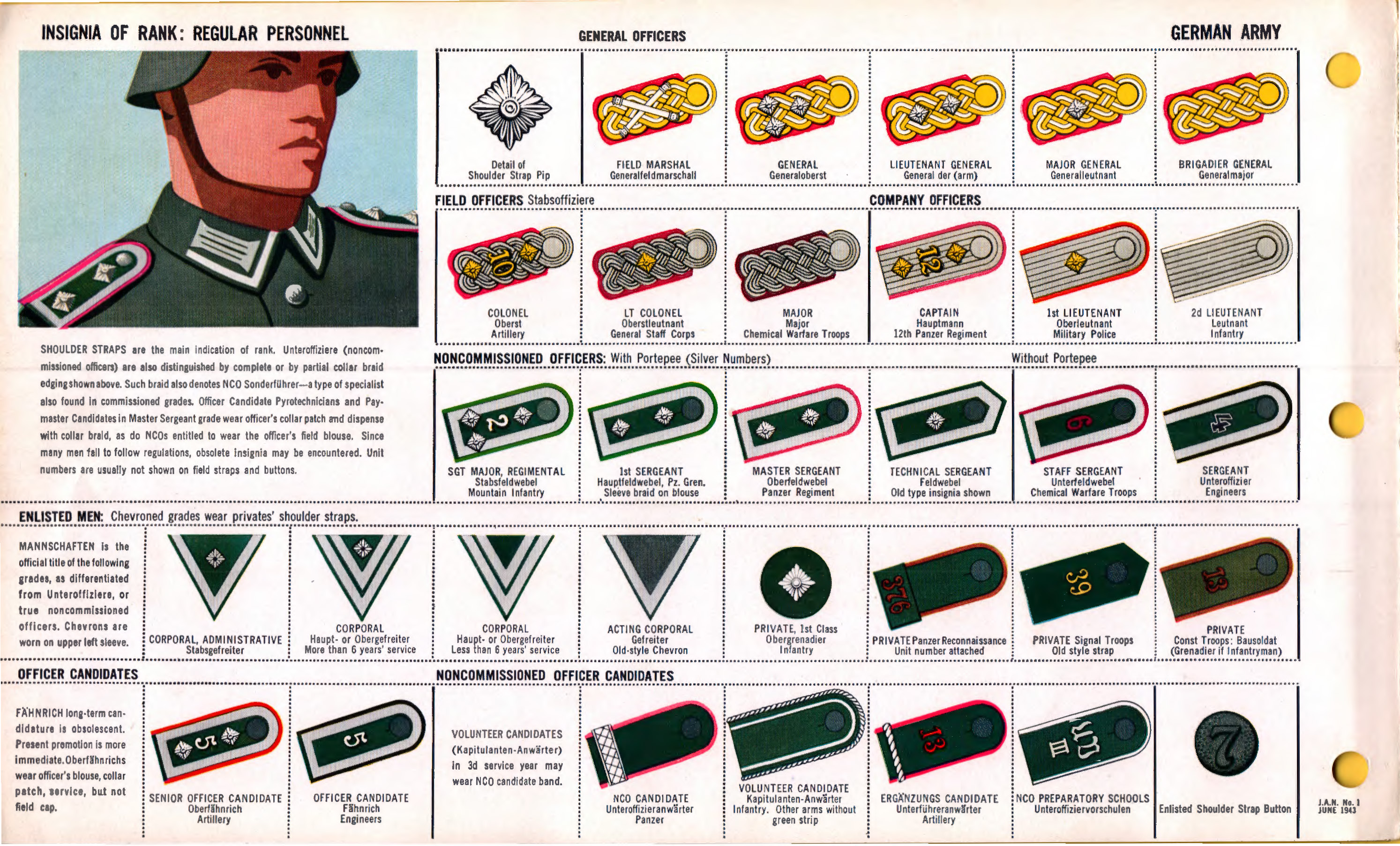
The following chart summarizes the differences between the four regular and non-regular retirement plans and disability retirement.
| Final Pay | Defined Benefit that equals 2.5% times the number of years of service times the member’s final basic pay on the day of retirement | Primary retirement plan for Reserve members with initial date of entry into service prior to September 8, 1980 |
| High-36 | Defined Benefit that equals 2.5% times the number of years of service times the average of the member’s highest 36 months of basic pay | Primary retirement plan for members with initial date of entry into service on or after September 8, 1980, but before January 1, 2018 |
| REDUX | Career Status Bonus $30,000 lump sum payment at 15th year of service with obligation to serve through 20 years + defined benefit Defined Benefit is (b) At age 62 and after: | Optional retirement plan for active duty members with an initial date of entry into service after July 31, 1986, but before January 1, 2018. Eligibility to elect the Career Status Bonus ended as of December 31, 2017 |
| Blended Retirement System (BRS) | Blended defined benefit and defined contribution plan. Defined Contribution: Defined Benefit: | Only retirement plan for members with initial date of entry into service on or after January 1, 2018 Optional retirement plan for members with an initial date of entry into service on or before December 31, 2017, who: |
| Disability | Retirement plan that equals to: *Retired Pay Base – determined under Final Pay, High-36, or BRS depending on military service date of entry **Multiplier Percentage can be either:
Note that in both cases the multiplier is limited to 75% by law | Determined medically unfit for continued service with a DoD disability rating of at least 30% |
The below chart provides the basic criteria to determine which retirement plan applies:
| Final Pay | Entry before September 8, 1980 |
| High-36 | Entry on or after September 8, 1980, but before August 1, 1986 OR Entered on or after August 1, 1986, and did not choose the Career Status Bonus and REDUX retirement system |
| CSB/REDUX | Entered on or after August 1, 1986, but before January 1, 2003 AND elected to receive the Career Status Bonus |
| Blended Retirement System (BRS) | Entered the Uniformed Services for the first time on or after January 1, 2018 (automatic enrollment), or entered before December 31, 2017 and elected to opt into BRS during the opt-in period |
| Disability | Determined medically unfit for continued service with a DoD disability rating of at least 30% |
All four of the regular and non-regular retirement plans determine initial monthly retired pay by applying a percentage multiplier to the retired pay base.
There are two methods for determining the retired pay base. They are the final pay method and the high-36 month average method. The final pay method, as the name implies, establishes the retired pay base equal to final basic pay. The high-36 method is the average of the highest 36 months of basic pay divided by 36. This is generally the last 3 years of service and is sometimes called high-3. The method used depends upon when the member first entered military service.
The method is determined by DIEMS (Date of Initial Entry to Military Service) or DIEUS (Date of Initial Entry to Uniformed Services). The date a member first entered uniformed service in any capacity establishes DIEMS. This date is fixed---it does not change. Departing the military and rejoining does not affect DIEMS.
Some individuals have unique circumstances that complicate determining their DIEMS. Here are a few examples:

Be aware that pay date (e.g., Pay Entry Base Date) may be different than DIEMS. Also, DIEMS does not determine when creditable service toward retirement is calculated---it only determines which retired pay base method applies.
For both the Final Pay and High-36 retired pay plans, each year of service is worth 2.5% toward the retirement multiplier.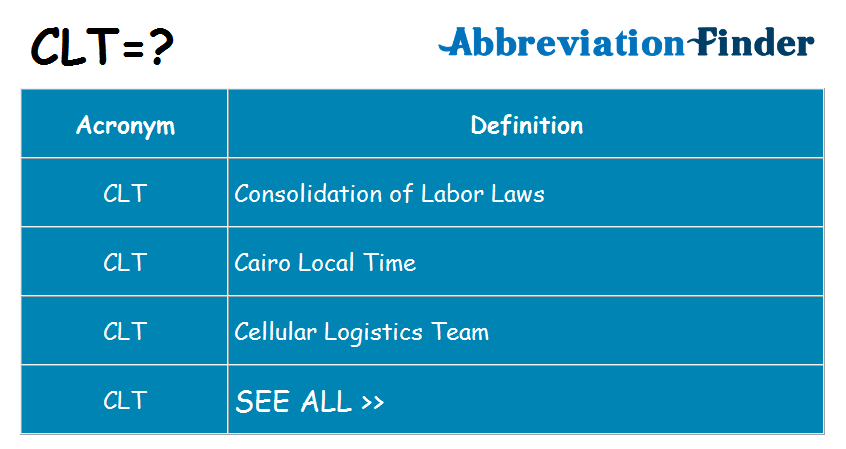 For example, 20 years of service would equal a 50% multiplier. The years of service creditable are computed differently depending upon whether retirement is from full time active duty or from a reserve career. These differences are explained under the Active Duty Retirement and Reserve Retirement pages.
For example, 20 years of service would equal a 50% multiplier. The years of service creditable are computed differently depending upon whether retirement is from full time active duty or from a reserve career. These differences are explained under the Active Duty Retirement and Reserve Retirement pages.
For the REDUX retirement plan, which applies only to certain active duty retirements as described above, the High-36 multiplier is reduced by one percentage point for each year that the member has less than 30 years of service at retirement. For example, 20 years of service would equal a 40% multiplier. This is discussed more fully under the Active Duty Retirement page.
For disability retirement programs, the multiplier will be the higher of (a) the disability percentage assigned by the Service at retirement not to exceed 75%, or (b) the result of multiplying the number of years of service by the applicable retirement plan multiplier (e.g., 2.5% for High-36 or 2.0% for BRS).
In any case, the longer an individual serves, the higher the multiplier and the higher the retirement pay. For example:
| Final Pay | 50% | 52.5% | 55% | 57.5% | 60% | 62.5% | 75% | 87.5% | 100% | 102.5% |
| High-36 | 50% | 52.5% | 55% | 57.5% | 60% | 62.5% | 75% | 87.5% | 100% | 102.5% |
| REDUX | 40% | 43.5% | 47% | 50.5% | 54% | 57.5% | 75% | 87.5% | 100% | 102.5% |
| BRS | 40% | 42% | 44% | 46% | 48% | 50% | 60% | 70% | 80% | 82% |
All military retirements are protected from inflation by an annual Cost of Living Adjustment (COLA), based on changes in the Consumer Price Index (CPI) as measured by the Department of Labor. Under the Final Pay, High-36, and BRS retirement plans, the annual COLA is equal to the percentage increase in the CPI year over year. Under REDUX, the COLA is reduced, as described in the table below.
Under the Final Pay, High-36, and BRS retirement plans, the annual COLA is equal to the percentage increase in the CPI year over year. Under REDUX, the COLA is reduced, as described in the table below.
| Final Pay | Annual COLA determined using the Consumer Price Index – Urban Wage Earners, published by U.S. Department of Labor, Bureau of Labor Statistics. |
| High-36 | Annual COLA determined using the Consumer Price Index – Urban Wage Earners, published by U.S. Department of Labor, Bureau of Labor Statistics |
| REDUX | Reduced annual COLA that is normally one percentage point less than the COLA determined for the other retirement plans (but not less than zero). Due to the reduced annual COLA, members participating in REDUX receive a one-time readjustment at age 62 to restore the difference in COLA to what it would have been under High-36. Thereafter, annual COLA reverts back to the lesser amount as above.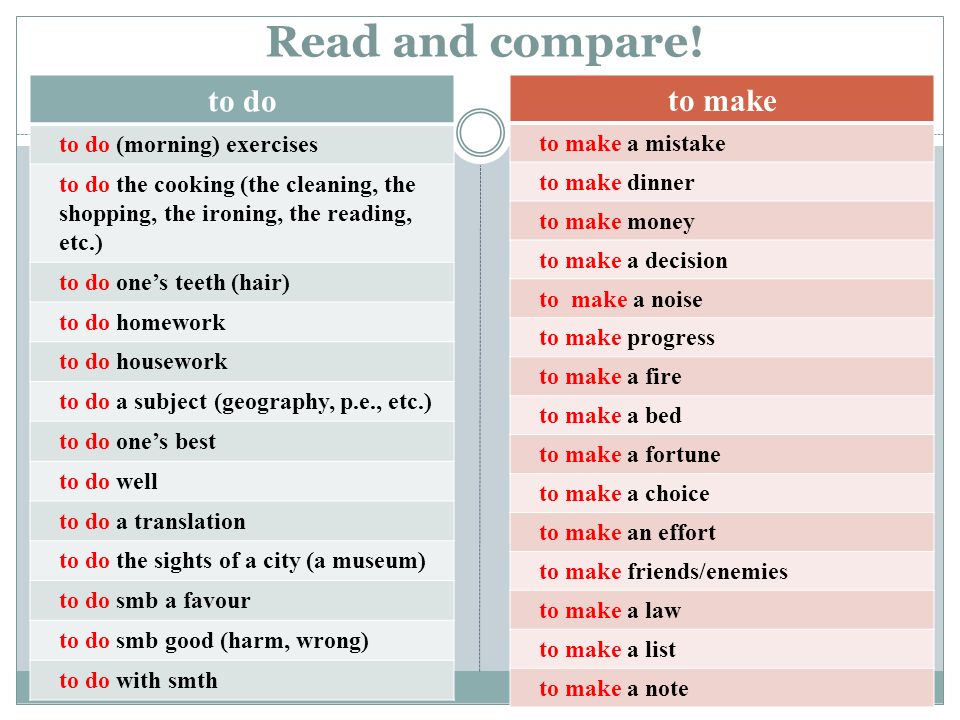 |
| Blended Retirement System | Annual COLA determined using the Consumer Price Index – Urban Wage Earners, published by U.S. Department of Labor, Bureau of Labor Statistics |
| Disability | Annual COLA determined using the Consumer Price Index – Urban Wage Earners, published by U.S. Department of Labor, Bureau of Labor Statistics |
Select one of the following topic areas:
Helpful links:
Conscription service Contract service Alternative service State civil service Work in the Armed Forces of the Russian Federation in civilian positions
Main Career
Military service ends one day, and a retired soldier or officer has to find his place in civilian life. Having given part of their lives to the defense of the Motherland with weapons in their hands, former servicemen have the right to count on a special attitude of the state upon entering the reserve or resigning.
Having given part of their lives to the defense of the Motherland with weapons in their hands, former servicemen have the right to count on a special attitude of the state upon entering the reserve or resigning.
The transition to civilian life requires a lot of effort - from the choice of a new job to the revision of established habits and internal attitudes. The state, to the best of its ability, facilitates this transition by providing various benefits to former military personnel. For soldiers, sergeants, sailors and foremen of military service, this is an opportunity to continue their studies at the university on the same course from which they left. For those who have not yet entered the university, there is the possibility of preferential admission.
Officers, with the appropriate length of service, can count on permanent housing, health resorts and military pensions. In addition, officers are given the opportunity to complete professional retraining courses at public expense.
It should be noted that today one of the most serious problems of the army is the provision of housing for retired officers. Today, any officer on the waiting list can get information about obtaining housing on the specialized website of the Ministry of Defense "Housing for military personnel" (dom.mil.ru). Thanks to the interactive map posted here, you can see in real time which houses the Ministry of Defense is building in Russia. On the page of each specific object there are photos of apartments, the percentage of completion of the new building and the planned time for its commissioning. In addition, by entering his personal number in the appropriate field, the waiting list can check information about himself and get acquainted with the status of his case.
Back in 2006, the President of Russia in his Address to the Federal Assembly set the task of providing military personnel with permanent housing in the shortest possible time. As part of the fulfillment of this instruction by the head of state, the Russian Defense Ministry undertook to provide apartments for at least 90,700 servicemen in 2009-2010. Taking into account the fact that in 2009 the housing stock of the Ministry received 45,600 apartments, and in 2010 - 52,000, such construction rates make it possible to fully fulfill the obligations of the Ministry of Defense to officers.
Taking into account the fact that in 2009 the housing stock of the Ministry received 45,600 apartments, and in 2010 - 52,000, such construction rates make it possible to fully fulfill the obligations of the Ministry of Defense to officers.
Times are changing and the nature of military service is changing. A modern officer with a proper education, outlook, erudition and skills will not get lost in civilian life either. His experience can still benefit the army - especially if the reserve officer finds his place in the defense industry, in expert, research and educational institutions, in the specialized press.
Since January 2012, the remuneration of military personnel has increased significantly, by 2.5-3 times. Following the salaries of active officers, military pensions also increased by about 1.6. This measure raises the status of a serviceman and actually guarantees him a lifestyle worthy of a Russian officer.
print version
Documents
Questions and answers
Social supplement up to the subsistence minimum
If the pension of a non-working pensioner is below the subsistence minimum, then it will be increased by additional payments. The federal cost of living is established every year by the budget law, this year for pensioners it is 10,022 rubles. Each region also sets its own living wage, it can be higher or lower than the federal one.
The federal cost of living is established every year by the budget law, this year for pensioners it is 10,022 rubles. Each region also sets its own living wage, it can be higher or lower than the federal one.
If the federal PM is higher than the regional one, then the pensioner will receive a federal surcharge, and if the PM in the region is higher, the regional one. You can get a surcharge upon application.
Monthly cash payment
This payment is due to veterans, disabled people, Chernobyl victims and other persons affected by radiation, former minor prisoners of fascism, Heroes of Russia and the Soviet Union, Heroes of Socialist Labor. It is assigned automatically.
In addition to it, they are provided with monthly compensation for a set of social services (drugs, sanatorium treatment, travel to and from the sanatorium, train trips). A pensioner can refuse a set of social services and take the cash equivalent.
Dependent's pension supplement
A pensioner can count on state support if he/she supports disabled persons, for example, minor children, full-time students, elderly relatives (parents, spouses, grandparents), disabled people.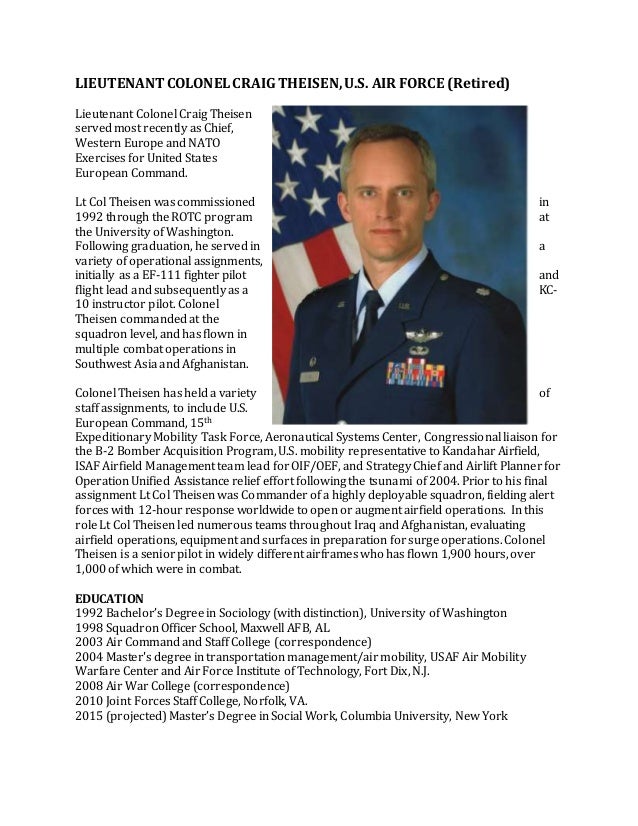
The supplement can be received for a maximum of three disabled family members, the total amount of the supplement in 2021 is 6044.48 rubles. One third of the fixed payment to the old-age insurance pension is paid for one family member.
"Rural" allowances
An increased pension is paid to citizens who have worked in rural areas for 30 years. The supplement to the pension is 25% of the fixed payment as part of the insurance pension, in 2021 its amount is 6044.48 rubles.
Starting January 1, 2022, "rural" supplements to pensions will be paid regardless of the pensioner's place of residence. At present, when a pensioner moves from a rural area to a city, the allowance is removed.
Pension recalculation after 80 years
Pensioners who have reached the age of 80 are entitled to an increased fixed payment to the old-age insurance pension, it increases by 100%.
A pensioner does not need to submit any applications to the FIU. The increase in the month of execution of 80 years is assigned automatically from the date of birth, and is paid from the next month.
The increase in the month of execution of 80 years is assigned automatically from the date of birth, and is paid from the next month.
Supplement to the pension for the "northern" experience
Citizens who worked in the regions of the Far North and areas equivalent to them, regardless of the place of current residence, can receive an increased pension. The conditions for the additional payment are an insurance period of at least 25 years for men and at least 20 years for women. You also need to work for at least 15 years in the regions of the Far North or at least 20 years in areas equivalent to them.
If the length of service is worked out in the regions of the Far North, the fixed payment to the insurance pension is increased by 50%, if in areas equated to them - by 30%.
Additional material support for outstanding achievements and special merits
Additional payment in an increased amount due to a special surcharge can be received by: Heroes of Russia and the Soviet Union, Heroes of Socialist Labor and Heroes of Labor of Russia, awarded orders, laureates of state prizes, Champions of the Olympic, Paralympic and Deaflympics.